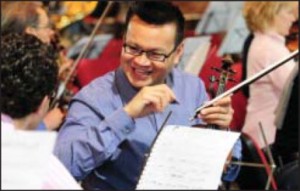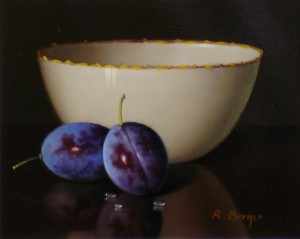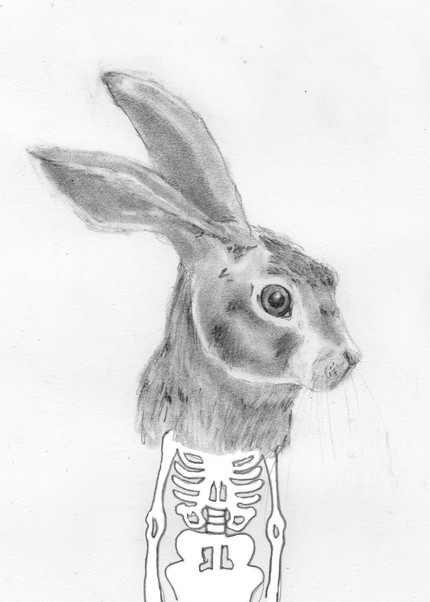 I’ve written before about doctors and the arts. In 1980 the cultural historian G. S. Rousseau, citing
I’ve written before about doctors and the arts. In 1980 the cultural historian G. S. Rousseau, citing the techo-scientific nature of modern medicine, claimed that doctors no longer maintained the rich tradition of physicians as humanists. “Until recently, physicians in Western European countries received broad, liberal educations, read languages and literature, studied the arts, were good musicians and amateur painters; by virtue of their financial privilege and class prominence they interacted with statesmen and high-ranking professionals, and continued in these activities through their careers.”
Contemporary evidence contradicts Rousseau’s claim that physicians are no longer practitioners and connoisseurs of the arts. We may not personally encounter a doctor with her cello or recognize one painting en plein air in the little free time doctors have these days, but doctors write books that ascend the best-seller list, and many more write thoughtful, provocative blog posts. The poetry of doctors is published in medical journals and is available online in modest chapbooks. Nearly every major city throughout the world has an orchestra staffed by the medical profession. And the American Physicians Art Association encourages and assists physicians with art organizations and exhibits.
Is a liberal arts education valuable to physicians?
I have many unanswered questions about doctors as practitioners of the arts. I’d particularly like to know if the long-standing tradition of physicians as humanists has changed over the past half century. Higher education has definitely changed since the mid-20th century. In particular, there’s less emphasis on the value of a liberal arts education. (On this, see the excellent book, Not For Profit: Why Democracy Needs the Humanities, by Martha Nussbaum.) Has this affected physicians, either in their satisfaction with their careers or in their understanding of patients? Read more







